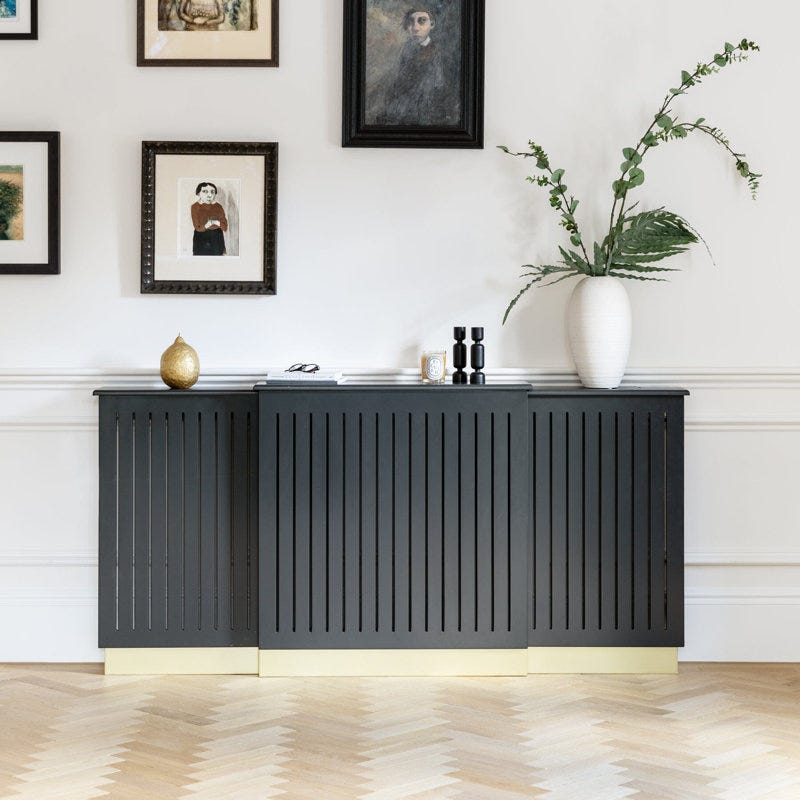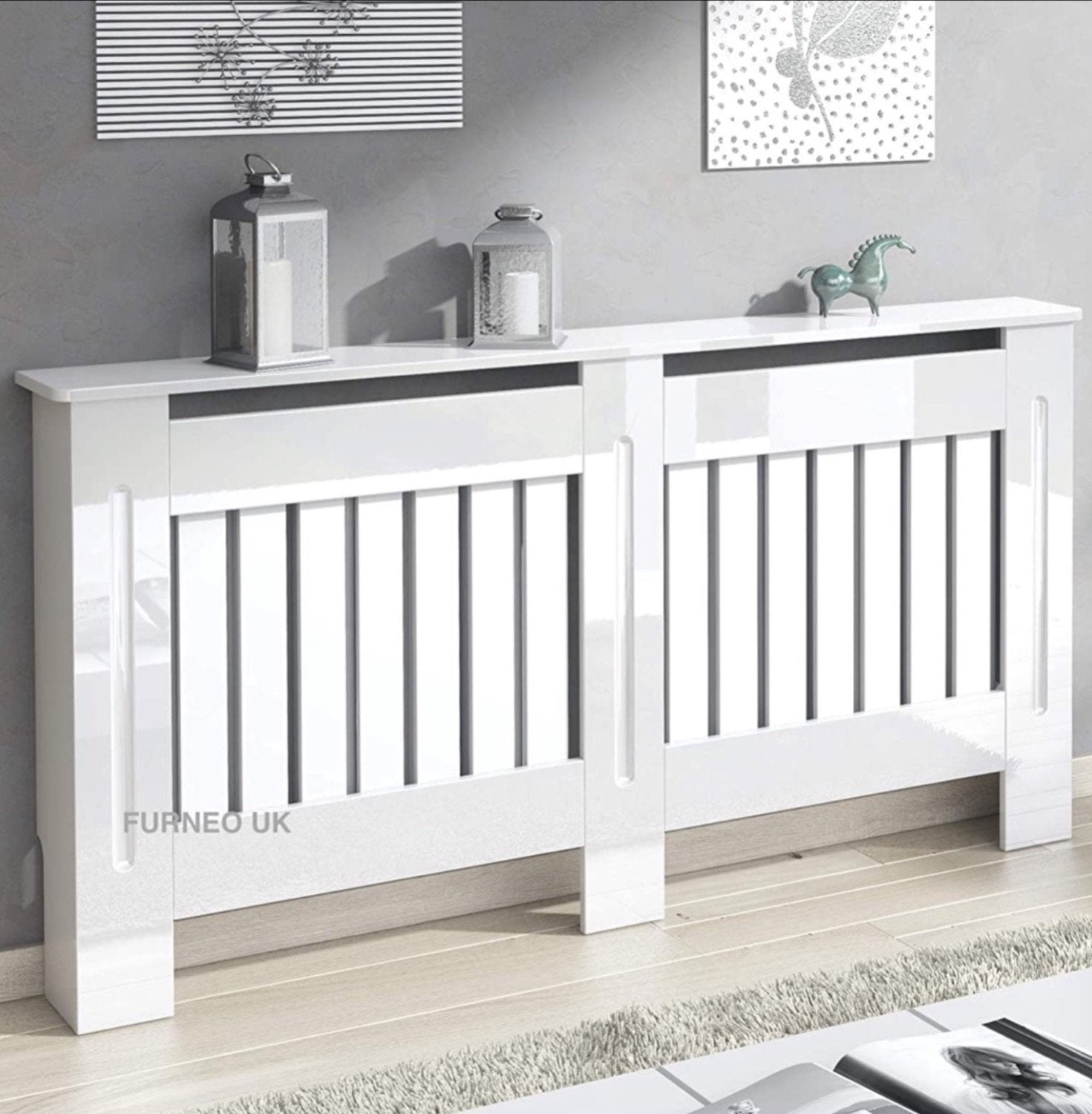The Ultimate Guide to Radiator Cover Materials and Styles
The Ultimate Guide to Radiator Cover Materials and Styles
Blog Article
The Value of Radiator Covers: A Practical Overview for Homeowners
Radiator covers are frequently a forgotten element in home design, yet they serve multiple critical functions that warrant attention. Past boosting safety and security by minimizing the risk of burns, these covers can considerably enhance energy performance and enhance different aesthetic styles. Comprehending the types available and the products finest fit for your space can transform an utilitarian feature into an essential component of your home's style. As you think about the implications of incorporating radiator covers, you might discover yourself wondering about which choices line up ideal with your requirements and preferences.
Advantages of Radiator Covers
Enhancing both visual appeals and capability, radiator covers deal a range of benefits for homeowners. By covering possibly warm surface areas, radiator covers assistance to stop unintentional burns, especially in houses with animals or kids.
Along with safety and security, radiator covers can contribute to energy efficiency. By guiding warmth right into the area instead of allowing it to dissipate into walls or windows, these covers can assist preserve a much more constant temperature level. This efficiency can cause lowered home heating prices, as homeowners may find they can lower their thermostat setups without giving up comfort.

Kinds Of Radiator Covers
Radiator covers been available in a range of kinds, each designed to fulfill certain requirements and visual preferences of property owners. The most usual styles include standard, modern, and personalized options. Traditional radiator covers frequently feature classic materials and detailed layouts, appropriate for period buildings or homes with classic decoration. They usually include wooden frameworks with attractive grilles, enabling warmth to flow while boosting the space's beauty.
Contemporary radiator covers, on the other hand, are defined by minimal styles and streamlined lines, commonly made from metal or crafted wood. These covers are ideal for contemporary homes, providing a functional and clean look that enhances current indoor style fads.

Custom-made radiator covers allow home owners to customize the design to fit distinct areas or personal tastes. These can be crafted from numerous materials and can accommodate non-standard radiator dimensions, making sure a best fit within the style of the home.
In addition, some covers incorporate multifunctional features, such as built-in shelving or seating, maximizing energy while preserving aesthetic appeal. Eventually, the sort of radiator cover picked can considerably affect both the functionality and design of living areas.
Selecting the Right Material

Wooden covers, often favored for their traditional appearance, supply all-natural heat and can be tarnished or repainted to match existing decor. They may warp or crack in high humidity environments if not correctly treated. Metal covers, on the other hand, are heat-resistant and robust, making them click over here now suitable for high-performance heater. They often come in different finishes, adding a modern touch, but can sometimes detract from a comfy atmosphere.
MDF is a budget-friendly alternative that resembles timber's look while withstanding warping. It is much less sturdy than strong timber or metal and may not withstand hefty usage. Eventually, the choice of here product must take into consideration elements such as area style, climate, and the planned usage of the area. By choosing the ideal material, homeowners can improve both the functionality and visual appeal of their radiator covers.
Installment Idea
Proper setup of radiator covers is important for guaranteeing their functionality and long life (Radiator cover). First, determine the dimensions of your radiator exactly to select a cover that fits well without blocking air movement. Utilize a degree to validate that the surface area where the cover will certainly relax is even
Begin the installment by eliminating any existing covers or blockages. If your radiator has valves, guarantee that the cover does not block accessibility to them. For wooden covers, pre-drill openings for screws to stop splitting, and make use of suitable fasteners that can sustain the cover's weight. When placing, ensure that the cover is securely connected to the wall surface or floor to avoid tipping.
Additionally, stay clear of positioning heavy things on top of the radiator cover, as this can endanger its structural honesty. Check your installation occasionally to ensure that the cover remains firmly in location and does not impede the radiator's performance.
Preserving Your Radiator Covers
Regular upkeep of your radiator covers is vital to guarantee their durability and visual charm. Over dust, time and dirt can accumulate on the surface area, diminishing their look and potentially affecting their functionality. To maintain your radiator covers, begin by cleaning them routinely with a soft towel or microfiber duster. This straightforward step stops the buildup of gunk and maintains them looking polished.
Guarantee they are entirely dry before reattaching to prevent moisture-related problems. In addition, check the covers for any signs of damage, such as scratches or dents.
If your radiator covers are repainted or completed, consider reapplying paint or sealer every couple of years to preserve their protective layer. By adhering to these upkeep practices, you can extend the life of your radiator covers and maintain your home looking its finest.
Verdict
Finally, radiator covers play a significant duty in boosting security, power efficiency, and aesthetic allure index within domestic areas. By enhancing and preventing unexpected burns heat circulation, these covers contribute to general convenience while potentially reducing heating costs. The range of available designs and materials makes certain compatibility with diverse home styles. Proper installation and maintenance further boost their efficiency and longevity, making radiator covers a useful investment for home owners seeking both capability and design cohesion.
By covering potentially hot surfaces, radiator covers aid to prevent unexpected burns, specifically in households with youngsters or pets.Additionally, radiator covers offer as an attractive element, seamlessly integrating radiators into the general style of a space. Standard radiator covers often feature timeless products and detailed designs, ideal for duration buildings or homes with classic style. By picking the appropriate product, home owners can boost both the capability and aesthetic appeal of their radiator covers.
For wood covers, pre-drill openings for screws to stop splitting, and utilize proper fasteners that can support the cover's weight. - Radiator cover
Report this page